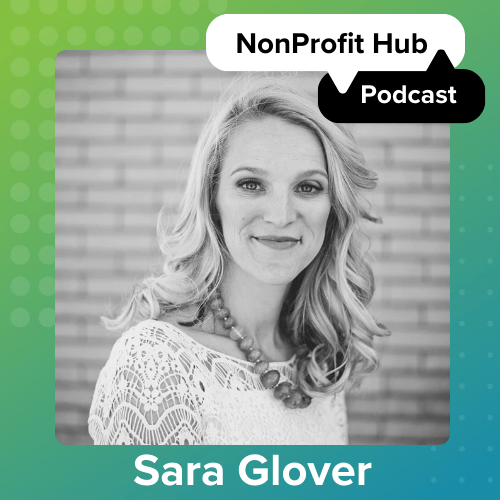Survey, study, research, questionnaire — whatever you choose to call it, it’s a great way to gain some in-depth information on your target audience.
There are several types of marketing research that organizations can implement to gain some insight into their targeted customers. Big corporations may opt for fancy databases and software, but don’t let this intimidate you if you are a small organization. Data-gathering methods such as interviews and surveys are easy to implement and interpret at little to no cost with software such as Qualtrics or Google Forms.
However, a successful questionnaire requires much more than just a variety of questions relevant to your topic and some demographic questions to categorize the respondents. Use the following format to ensure that your respondents stay engaged and to get the best out of your market research.
1. Introduce Yourself
Start with a small introduction that lets your respondents know who you are, why you are conducting the survey, how the information will be used and roughly how long the survey may take. Being transparent will put respondents at ease and help retain the ones who are willing to participate.
Bonus tip #1: Keep up the transitions before starting new sections. Always begin with a brief (1-2 sentence) explanation of what the next section will cover.
2. Explore General Behaviors
This section is useful in asking behavior-related questions that are not too specific to the topic you are researching. For example, if you are trying to figure out your target market’s satisfaction with your volunteer opportunities, ask respondents to look at a series of statements and indicate where they stand on a “strongly agree” to “strongly disagree” spectrum. These statements should NOT be specific to your organization, but instead ask respondents about general volunteering preferences and behaviors. This helps ease them into the survey.
Bonus Tip #2: As a rule of thumb, the number of answers should be four to seven, and the number that you choose DOES matter. This is where forced or non-forced responses come into play. A question with five answer choices has a neutral middle choice, so if you want to force respondents to pick a side, stick to four or six answer choices. This is useful for any question throughout the survey.
3. Ask For General Opinions
While the previous section is helpful in exploring the different behaviors of your respondents, this section delves a little deeper into their opinions and perceptions. For example, you may now move onto asking about respondents’ willingness to volunteer in general. Keep in mind that you should save the questions that are specific to your organization for later.
You may also choose to split this section into two, with the first set of questions being about perceptions on volunteering, and the second section exploring perceptions on volunteer opportunities in your area. At this point, you may choose to include yourself in the answer choices for comparison purposes, but it is still subtle enough to keep the respondent engaged without asking questions that are too specific.
Bonus Tip #3: Another general rule to follow—allow for “none of the above” or “other” responses. Maybe some of your respondents don’t volunteer on a weekly basis, so a question asking how many times they volunteer each week is not relevant to them. However, this does not mean that the same respondent wouldn’t have some useful insight about the type of volunteer opportunities or conditions they look for.
4 & 5. Get More Specific
The following two sections will work much like the first two sections in terms of flow, but now is your chance to ask some questions that are more specific to your organization or research purpose. If you want to know about satisfaction with your specific current volunteer opportunities, ask about those. If you want to test out new ideas or concepts, ask respondents for their thoughts. This section is ideal for open-ended questions, and although they are harder to quantify, they allow for much deeper insight than if you limit the answer choices.
Bonus Tip #4: Try to avoid asking questions with different formats in the same section. For example, if you begin this section with a question that asks the respondent to rank a set of answers with one being the most favorable and five being the least, make the rest of the questions in this section follow this question format. This takes some of the effort away from the respondent, making the survey experience more enjoyable and effortless.
6. Classify Your Respondents
There are a near-endless amount of classification questions you may ask your respondents. Most of them will fall under demographic questions, such as age, sex, income, education, etc. Although there are many ways to classify your respondents, make sure that the classifications are relevant. For example, avoid asking for things like annual income or marital status if it’s not useful to your research.
These questions should help you figure out who your respondents are and if they fit the criteria that you are looking for. Just remember to make the questions pertinent to your intended audience.
Lastly, end with a genuine thank you statement and, if you wish, add in some sort of incentive or online gift for participating, like a drawing for a gift card.
Whether you’re a rookie or a pro at questionnaires, funneling your questions so that they start broad and get more specific as you go is a great way to ease respondents into the survey without too much probing too soon. So tell us, have you ever created and implemented a survey for research for your nonprofit?






